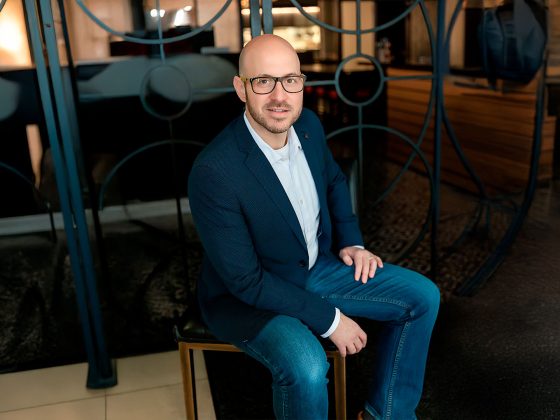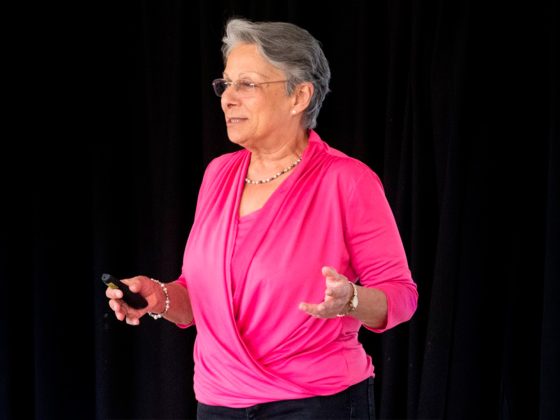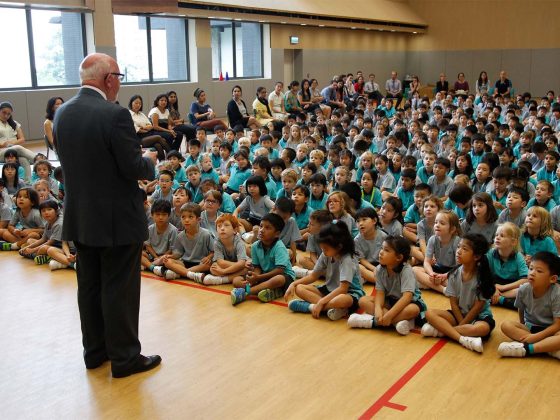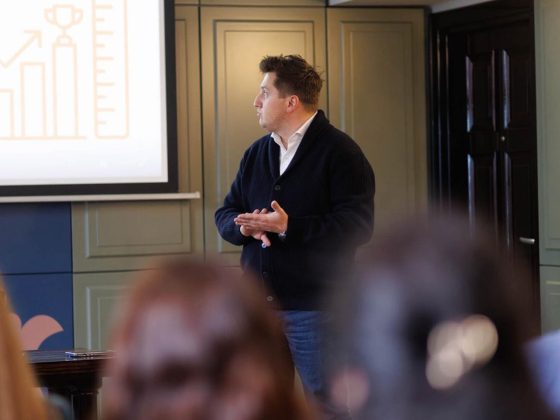Productivity is a key driver of organizational success, but achieving it requires more than simply pushing employees to work harder. Few understand this balance better than Peter Zangari, who brings thirty years of Wall Street experience to his current role as partner and head of Americas at M.M. After building his career at powerhouses like JP Morgan, Goldman Sachs, and MSCI, Peter now shares his hard earned wisdom on creating sustainable success through three critical elements that drive company productivity.”Productivity isn’t about working harder,” Peter explains. “It’s about vision that inspires, tools that scale, and a culture that retains talent. These three elements create sustainable success in organizations facing today’s complex challenges.”
Build a Shared Vision That Excites People
Leaders often talk about vision, but Peter cuts through the usual corporate-speak. “As a leader, I know it’s a challenge, but it is very important for you to articulate where you’re going,” he says. The key isn’t just having a vision, it’s making it stick.
Too many executives announce their grand plans once and wonder why nothing changes. Peter takes a different approach. “Create a picture, create a narrative, a story that describes what the future will look like,” he advises. Then comes the crucial part most leaders skip: “You have to articulate that repeatedly so people can hear it, they can internalize it, and eventually they can act on it.”Think about it: How can people row in the same direction if they don’t know where the boat’s headed? When teams understand not just what they’re doing, but why it matters, everything shifts. Suddenly, you’ve got people solving problems you didn’t even know existed.
Empower People with Tools That Scale
Great vision without the right tools? You’re dead in the water. Peter doesn’t hold back. “You could have an incredible vision and a brilliant strategy, but if you don’t provide your team with scalable tools that help them achieve their goals while also managing organizational costs, success will remain out of reach.”
Peter has spent years developing tools that enable businesses to grow without constantly hiring new staff. “These tools could range from solutions that help create portfolios in investment management to tools that streamline financial management,” he explains. The aim isn’t just efficiency, it’s about amplifying what your existing team can achieve.
New technology has raised the stakes even higher. “AI is playing a significant role in many ways,” Peter observes. “One of the clearest examples is how generative AI, like ChatGPT, allows you to do things that were unimaginable just five years ago.” The best part? “These tools are becoming more powerful and are surprisingly low cost.”The real challenge? It’s not about finding the right tools, it’s about integrating them into your company’s culture so they’re actually used.
Create a Culture That Retains Top Talent
This is where Peter really gets fired up. “Step three is absolutely critical: Create a culture that retains top talent.” For him, this isn’t just another item on a to-do list. “That is the engine of success. Without that, the rest is just talk.” The talent game begins before you even make your first hire. “From the very beginning, before you hire anyone, you need a clear way to communicate externally about what you’re doing, why it matters, why it’s exciting, and why it’s fulfilling for those who join your company.”
Peter emphasizes that early career talent is driven by purpose. “Particularly at the early stages of one’s career, people want to know they’re joining an organization with a purpose,” he points out. They need to see where the ship is headed. The expectations are high. Peter doesn’t just want employees who stick around, he wants people who wake up eager to move the company forward. “You have to cultivate a culture where employees are highly motivated to do a great job for the company’s success.”
Follow Peter Zangari on LinkedIn for real world leadership advice and productivity tips that actually work.










